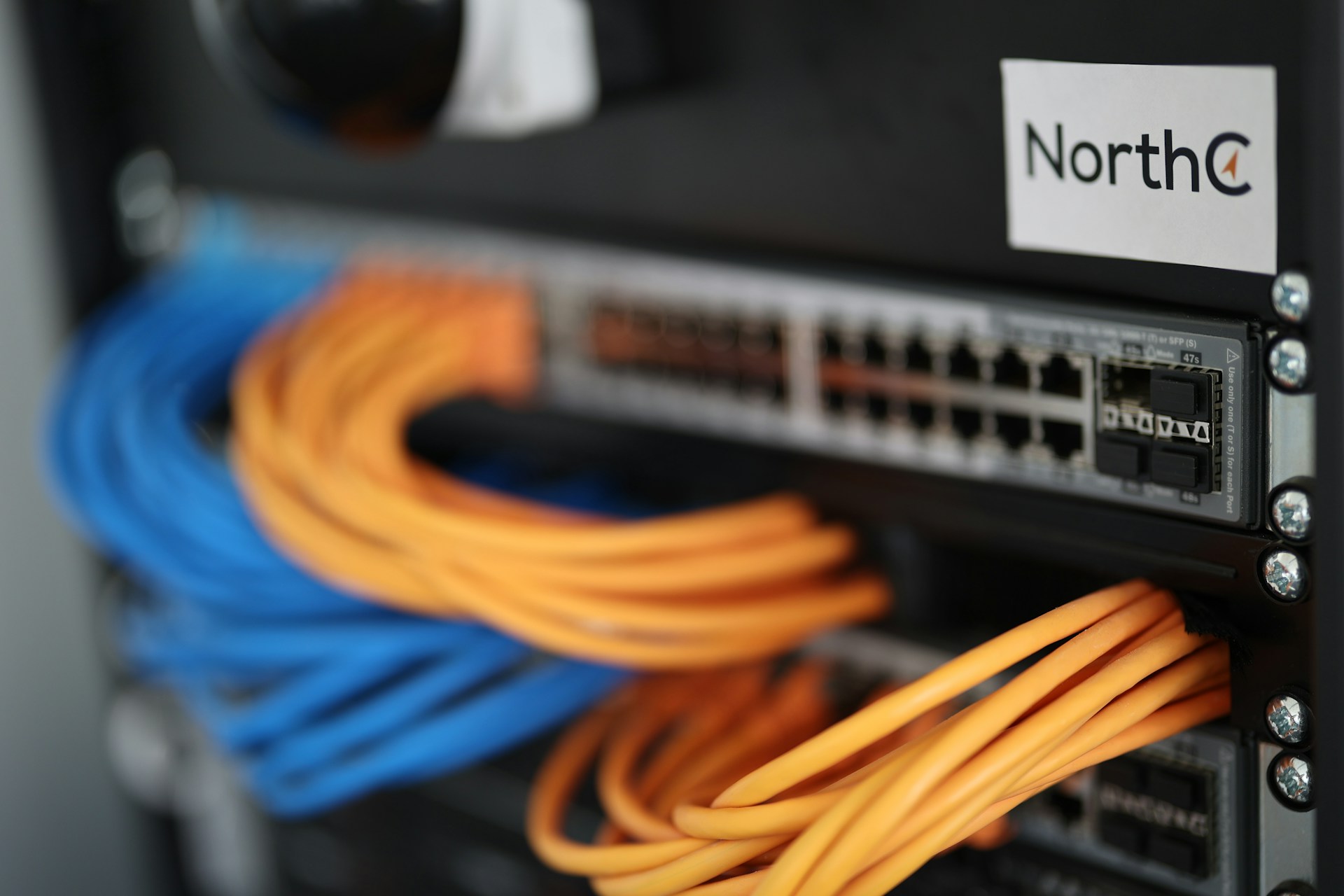Colocation is a term we hear a lot about these days, especially as businesses look for cost-effective and secure ways to manage their IT infrastructure. Simply put, colocation involves housing our servers and other hardware in a third-party data center. This data center provides power, cooling, bandwidth, and physical security, which helps us focus on what we do best.
Without needing to build and maintain our own data center, colocation offers a smart way to cut costs while improving reliability and security. Instead of worrying about expensive infrastructure and constant maintenance, we can take advantage of a shared space that offers all the resources we need. This makes colocation an attractive option for businesses of all sizes.
Another crucial aspect of colocation is security. Using a third-party facility means that our data is protected by high-level security measures that would be expensive and difficult to implement on our own. From 24/7 monitoring to advanced fire suppression systems, the security features in colocation centers are designed to keep our data safe. Let’s take a closer look at what colocation is and how it can benefit us financially and security-wise.
What Is Colocation?
Colocation means placing our servers and other hardware in a data center managed by a third party. This setup allows us to share resources like power, cooling, bandwidth, and physical security. Instead of maintaining our own data center, we use these shared facilities to keep our IT infrastructure running smoothly.
In a colocation setup, we own the hardware, but the data center provider takes care of the environment. This means our servers are housed in a secure facility with reliable power and internet connections. These data centers have redundant systems to ensure our equipment stays up and running, even during power outages or other disruptions.
Colocation services usually offer various service levels, such as basic space rental or more comprehensive managed services. Depending on our needs, we can choose the right level of support, from simple space and power to full management of our IT infrastructure.
Financial Benefits of Colocation
Colocation offers several financial benefits that can help us save money while maintaining high-quality IT infrastructure. Here are some key ways it can be cost-effective:
1. Reduced Initial Costs: Building and maintaining our own data center can be very expensive. With colocation, we avoid the massive capital expenditure for construction, equipment, and maintenance. Instead, we pay a predictable monthly fee for the space and services we need.
2. Economies of Scale: Colocation data centers serve multiple clients, allowing them to spread the cost of power, cooling, and bandwidth over many users. This means lower costs for us compared to running a private data center.
3. Lower Operational Costs: Managing a data center requires a dedicated staff and ongoing maintenance. With colocation, these responsibilities fall to the data center provider, reducing our staffing and operational expenses.
4. Scalability: Colocation allows us to scale our IT infrastructure as our needs grow easily. We can add or remove servers and other equipment without worrying about space constraints or power limitations, ensuring we only pay for what we use.
5. Energy Efficiency: Modern colocation facilities are designed for energy efficiency, reducing our power consumption and associated costs. These facilities use advanced cooling and power management systems to minimize energy use, helping us save money on utilities.
By leveraging these financial benefits, colocation helps us optimize our IT budget while ensuring we have a reliable, scalable, and secure environment for our critical systems.
Enhancing Security Through Colocation
Security is a major concern for any business dealing with sensitive data. Colocation data centers offer enhanced security measures that are often too expensive or complex for us to implement on our own. Here’s how colocation helps improve our security:
1. Physical Security: Colocation facilities are equipped with advanced physical security features. These include 24/7 surveillance cameras, secure access controls, and on-site security personnel. This ensures that only authorized personnel can access the servers and other hardware.
2. Network Security: Colocation providers offer robust network security solutions, including firewalls, intrusion detection systems, and regular security audits. These protections guard our data against cyber threats and unauthorized access.
3. Redundant Systems: To ensure continuous uptime, colocation centers use redundant power supplies, backup generators, and multiple network connections. This redundancy minimizes the risk of downtime due to power failures or connectivity issues, keeping our data safe and accessible.
4. Disaster Recovery: Colocation centers are designed to withstand natural disasters like floods, earthquakes, and fires. They have advanced fire suppression systems and climate control to protect our equipment. This ensures our servers remain operational even during emergencies.
These security measures make colocation a safer option for hosting our critical IT infrastructure. By leveraging the expertise and resources of colocation providers, we can enhance our overall security posture.
Steps to Getting Started with Colocation Services
Starting with colocation services might seem complex, but following a few straightforward steps can make the transition smooth and easy:
1. Assess Our Needs: The first step is to evaluate our current IT setup and future requirements. We need to determine the amount of space, power, and bandwidth we will need. Understanding these needs helps us choose the right colocation plan.
2. Choose a Provider: Selecting a reliable colocation provider is crucial. We should look for a provider with a good track record, strong security measures, and excellent customer support. It’s also important to consider their location and how it fits into our business continuity and disaster recovery plans.
3. Plan the Move: Planning the move involves mapping out the migration process. This includes scheduling, ensuring minimal downtime, and coordinating with the colocation provider. We should also plan for any necessary equipment upgrades or replacements.
4. Prepare Our Equipment: Before moving, we should ensure our equipment is in good condition and meets the data center’s standards. This might involve updating firmware, conducting maintenance, and securing data backups.
5. Execute the Move: On the day of the move, we should carefully transport our equipment to the colocation facility. Once there, set up and configure the servers, test the connections, and monitor the performance to ensure everything is running smoothly.
6. Ongoing Management: After the initial setup, we need to continue managing our hardware and software. Colocation providers often offer additional services like remote hands and monitoring to help with ongoing maintenance.
Conclusion
Colocation services offer a cost-effective and secure solution for managing our IT infrastructure. By leveraging shared resources and advanced security measures, we can reduce our expenses while ensuring the highest level of data protection. The steps to get started might seem intimidating, but with proper planning and execution, the transition can be straightforward and beneficial.
By opting for colocation, we gain access to top-notch facilities and professional support, allowing us to focus on our core business activities. Ready to see how colocation can benefit your business? Visit BlueFiber to learn more about our colocation services and discover how we can help you achieve operational excellence. Let’s take the next step toward a more secure and cost-effective future together!







